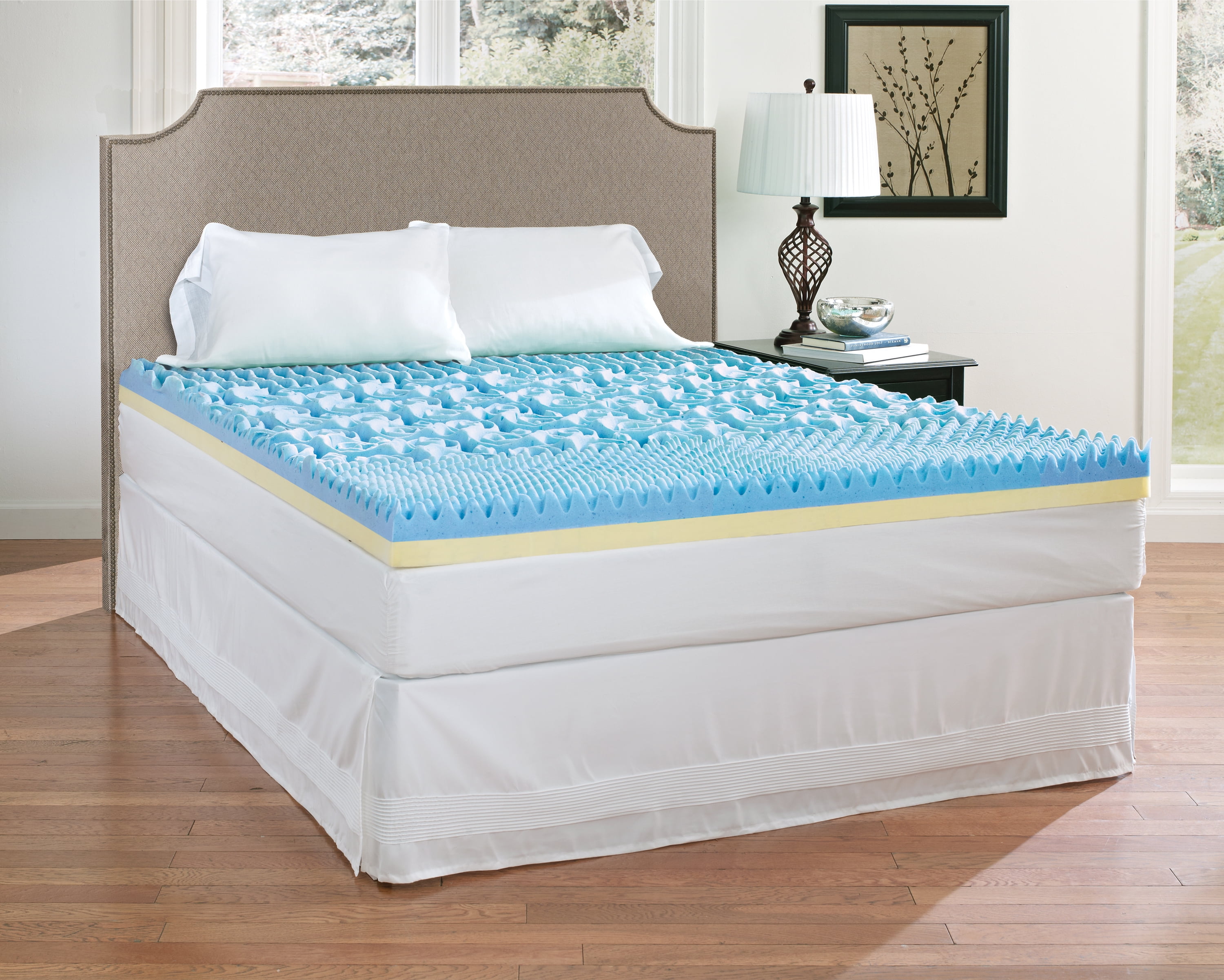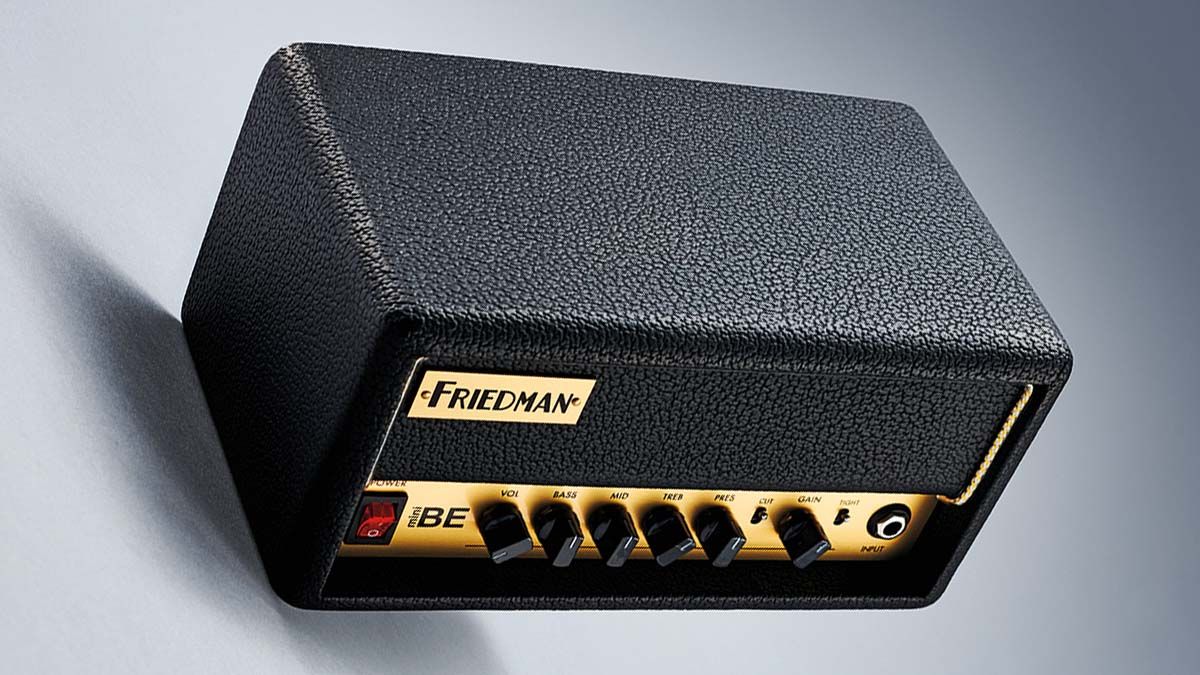Are you tired of constantly having to fill up buckets or carry heavy watering cans to water your plants? Connecting a hose to your kitchen sink can be a game-changer for any gardener or plant lover. Not only does it save you time and effort, but it also ensures that your plants are getting the right amount of water they need. In this guide, we will walk you through the steps of how to easily connect a hose to your kitchen sink.1. How to Connect a Hose to Your Kitchen Sink
Before you start the process, make sure you have a hose adapter that fits your kitchen sink faucet. You can easily find one at your local hardware store or online. Once you have the adapter, follow these simple steps: Step 1: Turn off the water supply to your kitchen sink by closing the shut-off valves under the sink. Step 2: Remove the aerator from the end of your kitchen sink faucet. This is the small attachment that controls the flow of water. You can use a pair of pliers to twist it off if it's stuck. Step 3: Screw on the hose adapter onto the end of the faucet where you removed the aerator. Make sure it is securely attached. Step 4: Attach the other end of the hose to the adapter. Again, make sure it is securely attached. Step 5: Turn on the water supply and check for any leaks. If there are any, tighten the connections until they are leak-free. Step 6: Test the water flow by turning on the faucet and the hose. If everything is working properly, you are all set to start watering your plants!2. Step-by-Step Guide for Attaching a Hose to Your Kitchen Sink
If you don't want to go through the hassle of attaching a hose every time you need to water your plants, there are a few easy ways to permanently hook up a hose to your kitchen sink. Option 1: Install a Y-connector on your kitchen sink faucet. This will allow you to have both the hose and the faucet working simultaneously. You can easily switch between the two by turning the valves on the Y-connector. Option 2: Install a faucet adapter that has a built-in valve. This will allow you to easily switch between the hose and the faucet by turning the valve.3. Easy Ways to Hook Up a Hose to Your Kitchen Sink
Here are some helpful tips to keep in mind when connecting a hose to your kitchen sink faucet: - Use Teflon tape to ensure a tight and leak-free connection. - Make sure the hose adapter you purchase is the correct size for your kitchen sink faucet. - Check for any cracks or damages in the hose before attaching it to the faucet.4. Tips for Connecting a Hose to Your Kitchen Sink Faucet
While there are various methods for attaching a hose to your kitchen sink, some may work better than others depending on your specific needs. Here are a few methods that have been tried and tested: - The screw-on method: As mentioned earlier, this involves using a hose adapter that you screw onto the end of your faucet. - The clamp-on method: This method involves using a clamp to secure the hose onto the faucet. While it may not be as secure as the screw-on method, it is still a viable option. - The push-on method: This method involves using a push-on adapter that attaches to the end of your faucet. It is quick and easy to attach, but may not be as secure as the other methods.5. The Best Methods for Attaching a Hose to Your Kitchen Sink
If you're feeling crafty, you can easily make your own hose adapter using a few simple items. Here's how: - Materials needed: A threaded PVC pipe, a male and female threaded adapter, and Teflon tape. - Steps: Step 1: Cut the PVC pipe to the desired length, leaving a few inches at each end for the adapters. Make sure the diameter of the pipe matches the diameter of your faucet. Step 2: Use Teflon tape to wrap around the male threaded adapter. Step 3: Screw the male threaded adapter onto one end of the PVC pipe. Step 4: Wrap Teflon tape around the female threaded adapter and screw it onto the other end of the PVC pipe. Step 5: Attach the hose to the male threaded adapter and the faucet to the female threaded adapter. Step 6: Test for any leaks and make sure the connections are secure.6. DIY: Connecting a Hose to Your Kitchen Sink in Minutes
Before you attach a hose to your kitchen sink, there are a few things you should keep in mind: - Make sure your kitchen sink faucet has a removable aerator. If it doesn't, you may need to purchase a new faucet or use a different method for attaching the hose. - Consider the water pressure in your home. If it is too high, it may cause leaks or damage to your faucet. In this case, it is best to use a pressure regulator before attaching the hose. - Be mindful of the length of the hose you are using. Make sure it is long enough to reach your plants without putting strain on the faucet or the connections.7. What You Need to Know Before Connecting a Hose to Your Kitchen Sink
While attaching a hose to your kitchen sink may seem like a simple task, there are a few common mistakes that can easily be avoided: - Not using Teflon tape to secure the connections. - Using the wrong size adapter for your faucet. - Forgetting to turn off the water supply before attaching the hose.8. Common Mistakes to Avoid When Connecting a Hose to Your Kitchen Sink
If you notice any leaks after attaching the hose to your kitchen sink, don't panic. Here's how you can troubleshoot and fix the issue: - Tighten the connections: Sometimes, leaks can be easily fixed by tightening the connections with a pair of pliers. - Use Teflon tape: If the connections are already tight, try wrapping Teflon tape around them to create a stronger seal. - Replace the adapter: If the leak persists, the adapter may be faulty. Try replacing it with a new one.9. Troubleshooting: How to Fix Leaks When Connecting a Hose to Your Kitchen Sink
If for some reason, you are unable to connect a hose to your kitchen sink, there are a few alternative methods you can try: - Use a bucket: You can simply fill up a bucket with water from your kitchen sink and use it to water your plants. - Use a watering can: Similar to the bucket method, you can fill up a watering can with water from your kitchen sink and use it to water your plants. - Install a separate outdoor faucet: If you have the budget and the space, you can install a separate outdoor faucet for your gardening and watering needs. Connecting a hose to your kitchen sink can be a convenient and practical solution for any plant lover. With these easy methods and tips, you can easily set up your own watering system and keep your plants healthy and happy. So why wait? Give it a try and see the difference it makes in your gardening routine!10. Alternative Ways to Connect a Hose to Your Kitchen Sink
Why Connecting a Hose to Your Kitchen Sink is a Smart Design Choice

Efficient Use of Water Resources
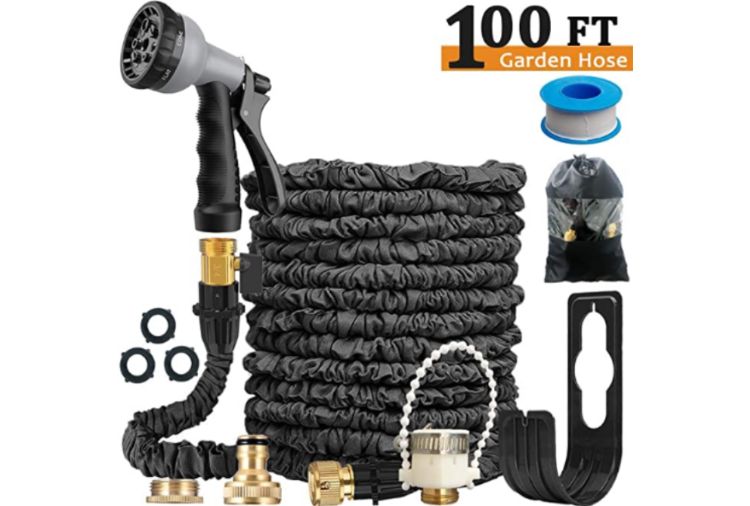 When it comes to house design, it's important to consider efficiency and sustainability.
Connecting a hose to your kitchen sink
is a simple yet effective way to achieve both. With this setup, you can easily access water for various household tasks without having to go outside or use excessive water from other sources. This can save you time, effort, and money in the long run.
When it comes to house design, it's important to consider efficiency and sustainability.
Connecting a hose to your kitchen sink
is a simple yet effective way to achieve both. With this setup, you can easily access water for various household tasks without having to go outside or use excessive water from other sources. This can save you time, effort, and money in the long run.
Versatility and Convenience
 Having a hose connected to your kitchen sink provides versatility and convenience.
You can use it to water your plants, clean your car, and fill buckets for household chores.
This eliminates the need for multiple water outlets and makes it easier to complete tasks without having to move heavy buckets or containers around. Plus, with the hose readily available in your kitchen, you can quickly attend to any unexpected spills or messes.
Having a hose connected to your kitchen sink provides versatility and convenience.
You can use it to water your plants, clean your car, and fill buckets for household chores.
This eliminates the need for multiple water outlets and makes it easier to complete tasks without having to move heavy buckets or containers around. Plus, with the hose readily available in your kitchen, you can quickly attend to any unexpected spills or messes.
Space-Saving Solution
 In today's world where space is a valuable commodity, it's important to make the most out of every inch of your home.
Connecting a hose to your kitchen sink
is a space-saving solution that eliminates the need for a separate outdoor water source. This is especially beneficial for those living in apartments or small homes with limited outdoor space. It also keeps your outdoor area clutter-free and maintains the aesthetic appeal of your home.
In today's world where space is a valuable commodity, it's important to make the most out of every inch of your home.
Connecting a hose to your kitchen sink
is a space-saving solution that eliminates the need for a separate outdoor water source. This is especially beneficial for those living in apartments or small homes with limited outdoor space. It also keeps your outdoor area clutter-free and maintains the aesthetic appeal of your home.
Saves Money on Installation Costs
 Installing a separate water outlet can be a costly and time-consuming process. However, with
a hose connected to your kitchen sink
, you can easily access water without the need for additional plumbing work. This can save you money on installation costs and also eliminates the need for regular maintenance.
In conclusion,
connecting a hose to your kitchen sink
is a smart design choice that offers efficiency, versatility, space-saving, and cost-saving benefits. It's a simple yet effective solution that can make your daily household tasks easier and more sustainable. Consider incorporating this design into your home and experience the convenience and practicality it has to offer.
Installing a separate water outlet can be a costly and time-consuming process. However, with
a hose connected to your kitchen sink
, you can easily access water without the need for additional plumbing work. This can save you money on installation costs and also eliminates the need for regular maintenance.
In conclusion,
connecting a hose to your kitchen sink
is a smart design choice that offers efficiency, versatility, space-saving, and cost-saving benefits. It's a simple yet effective solution that can make your daily household tasks easier and more sustainable. Consider incorporating this design into your home and experience the convenience and practicality it has to offer.


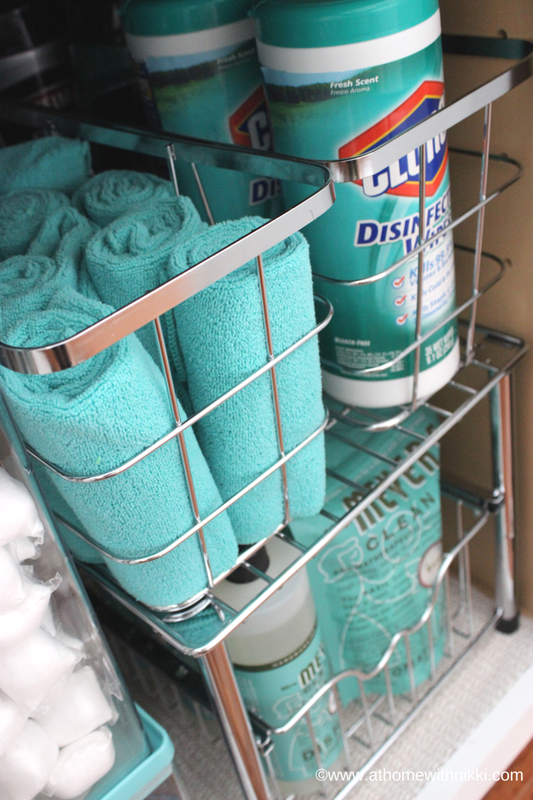


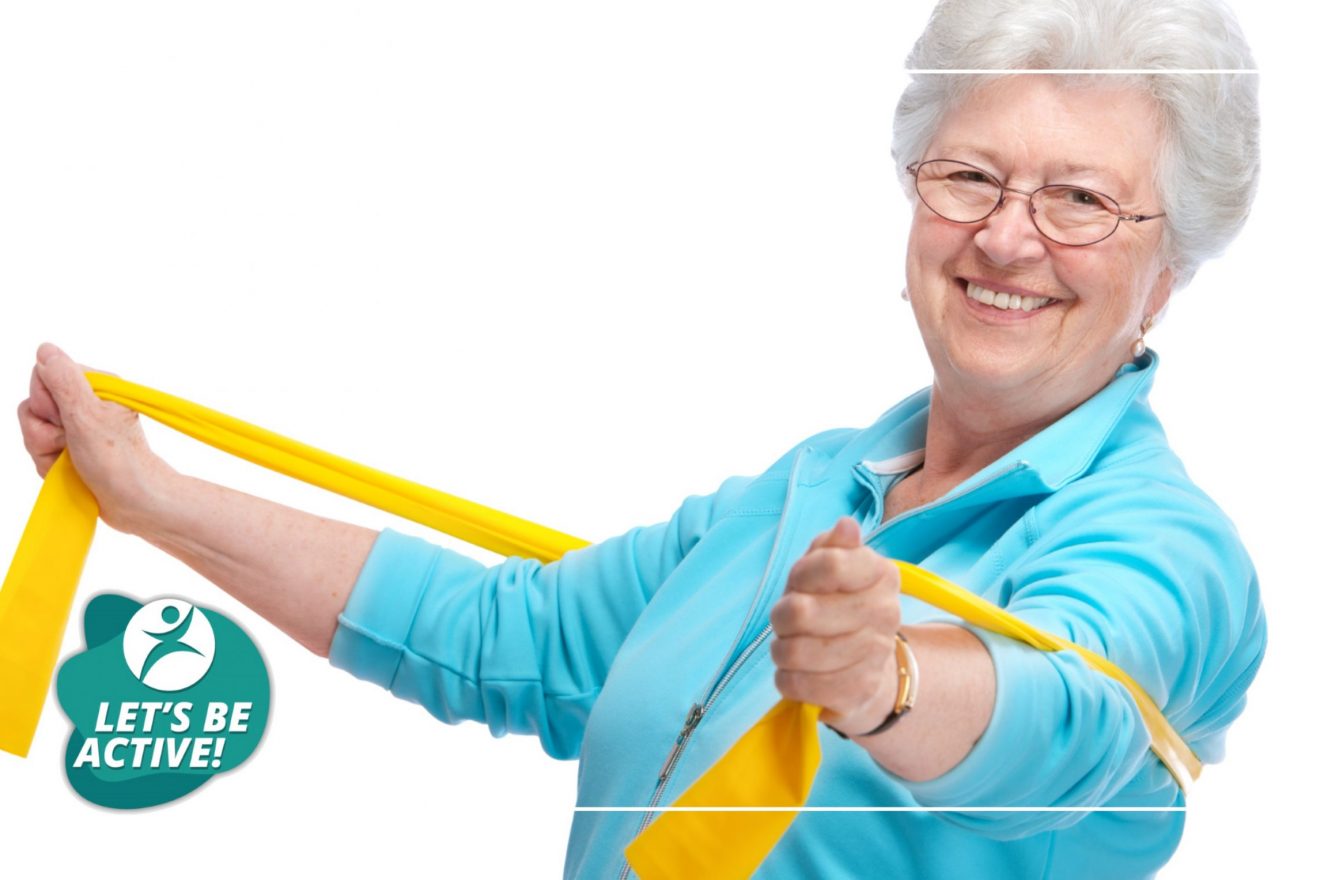





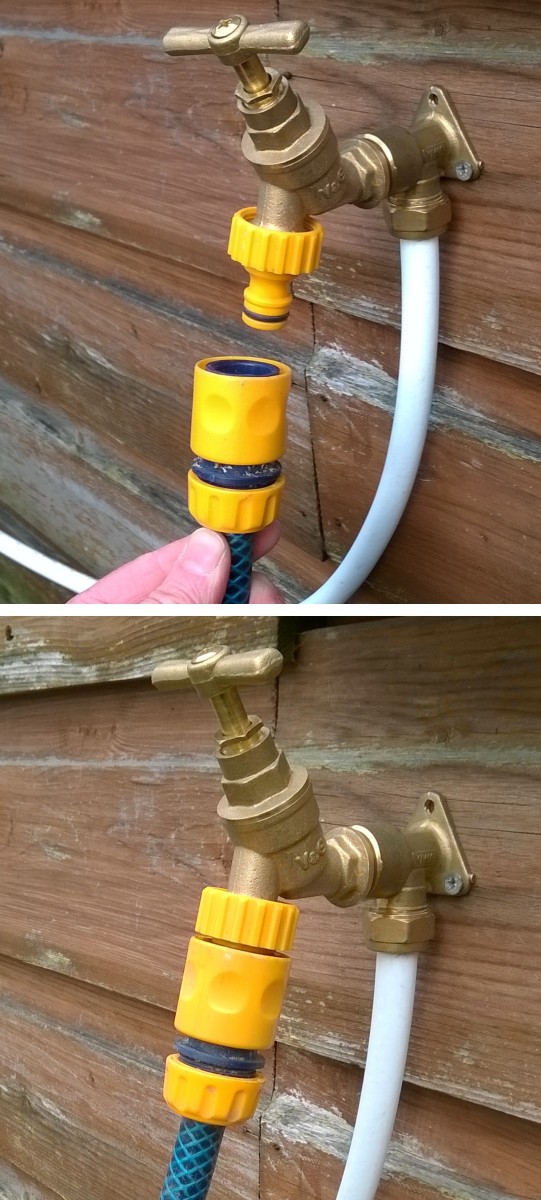
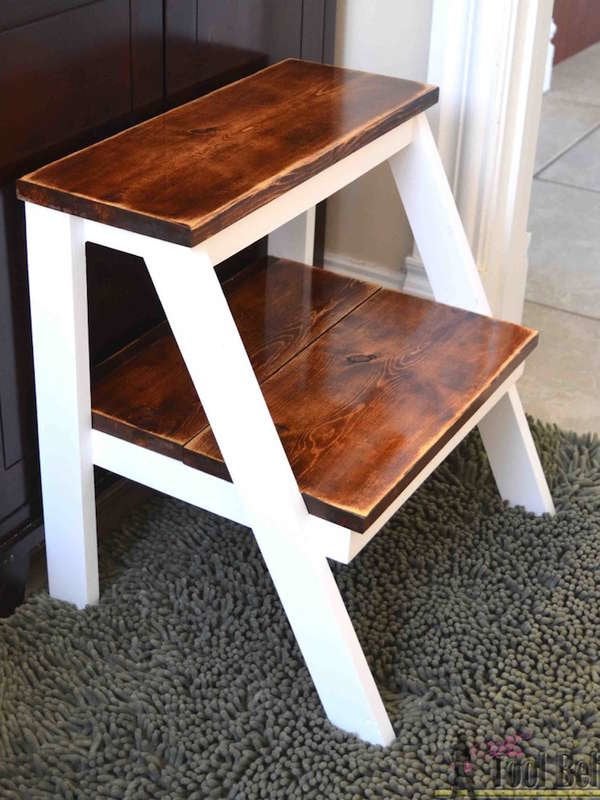



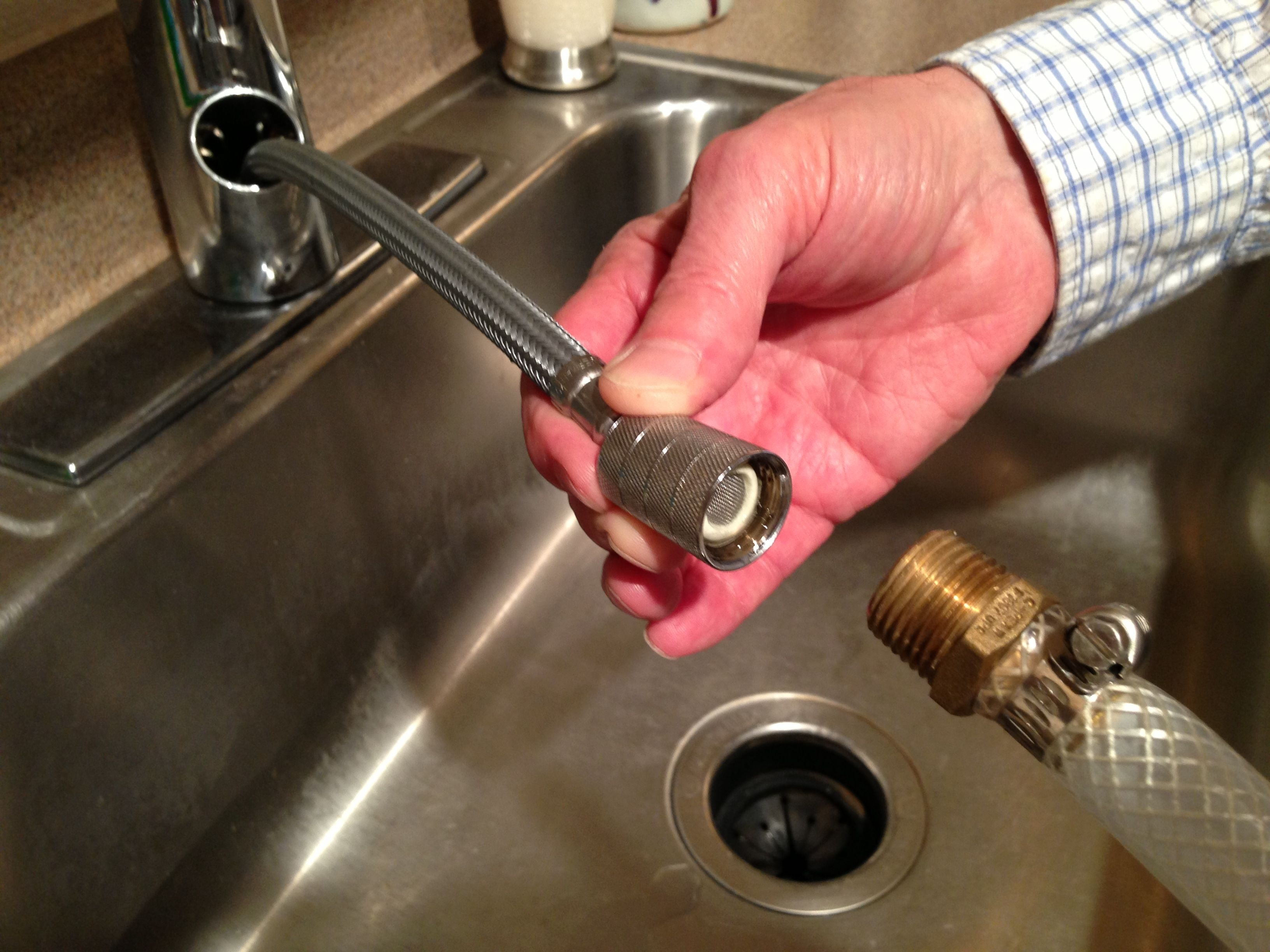

















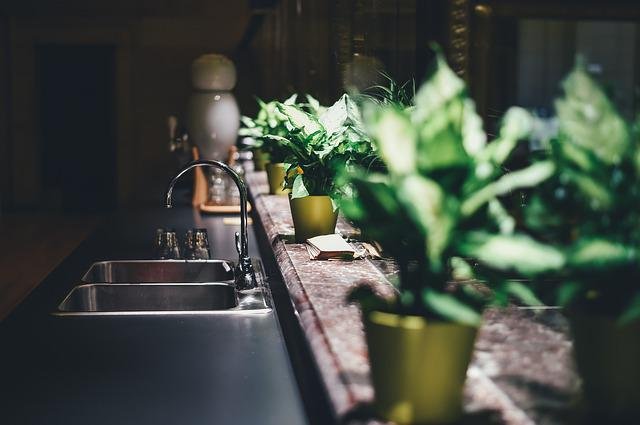
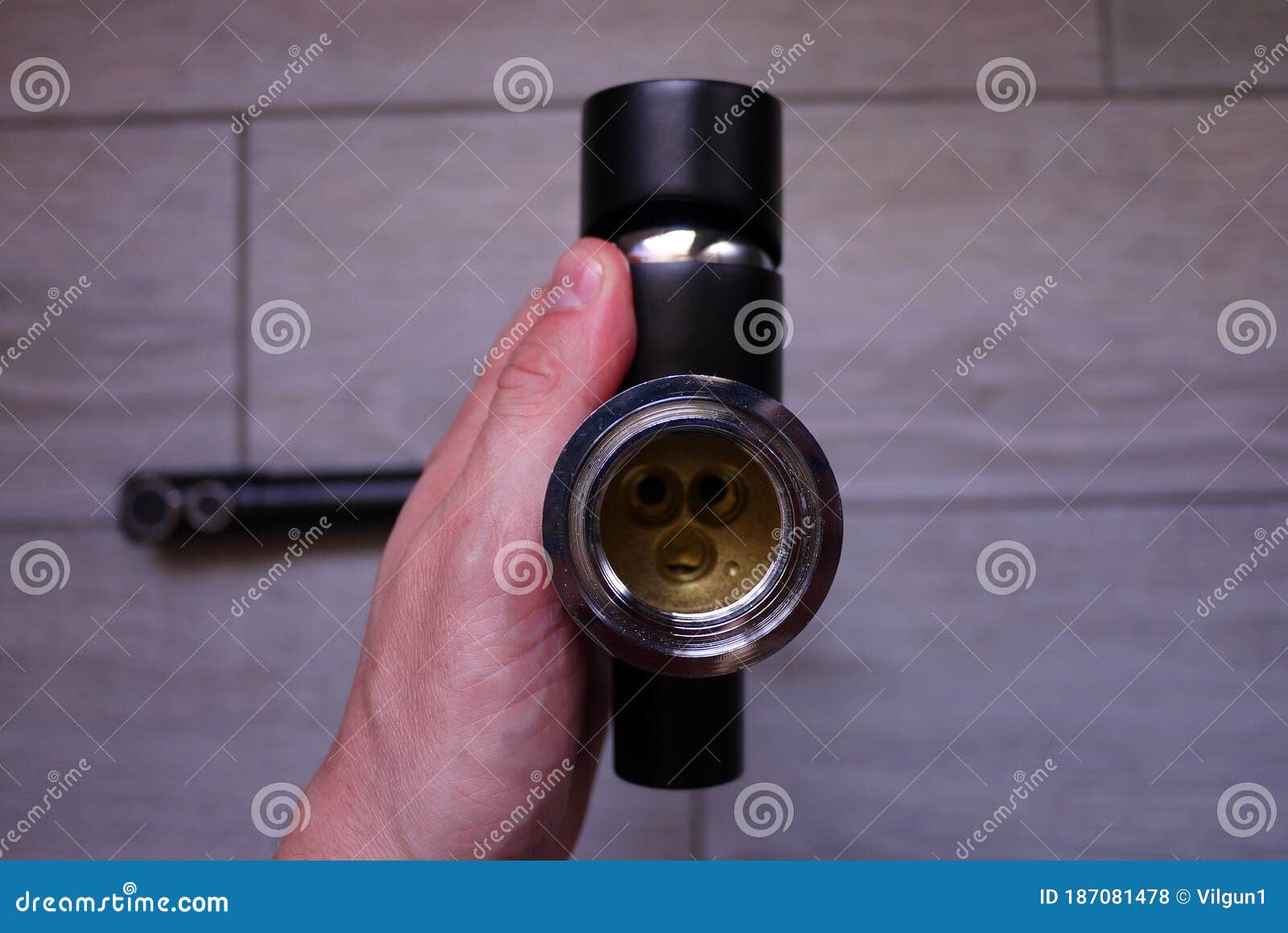
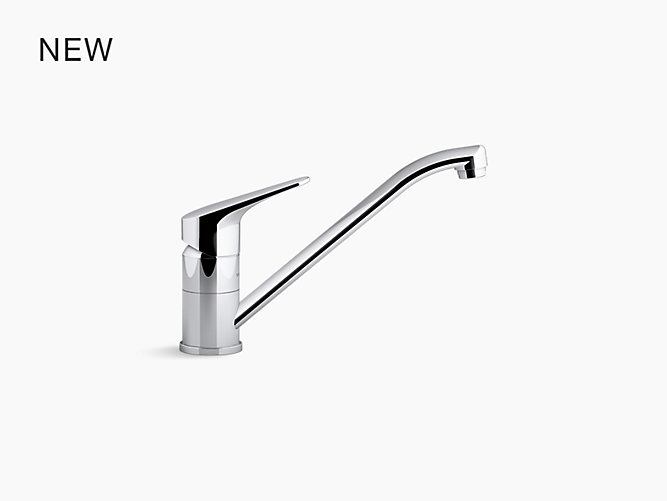














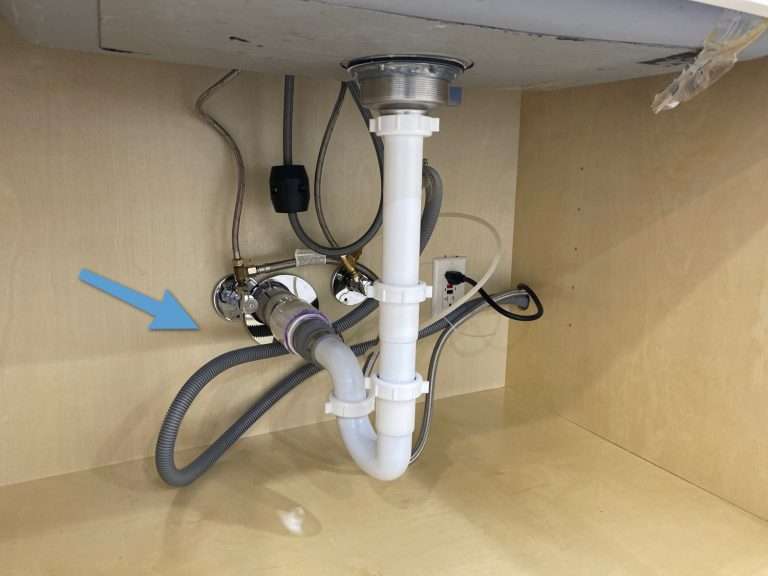

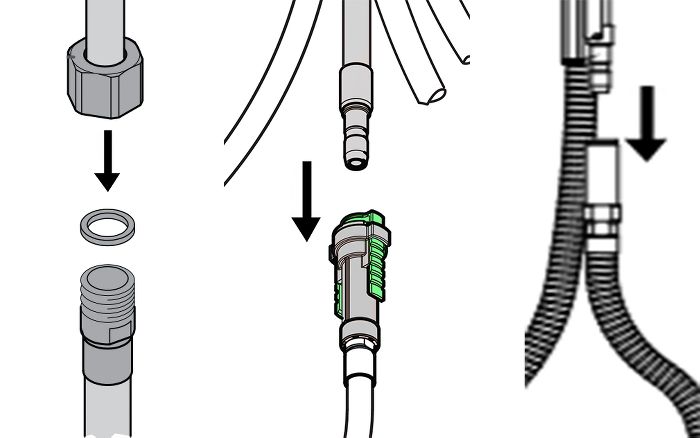

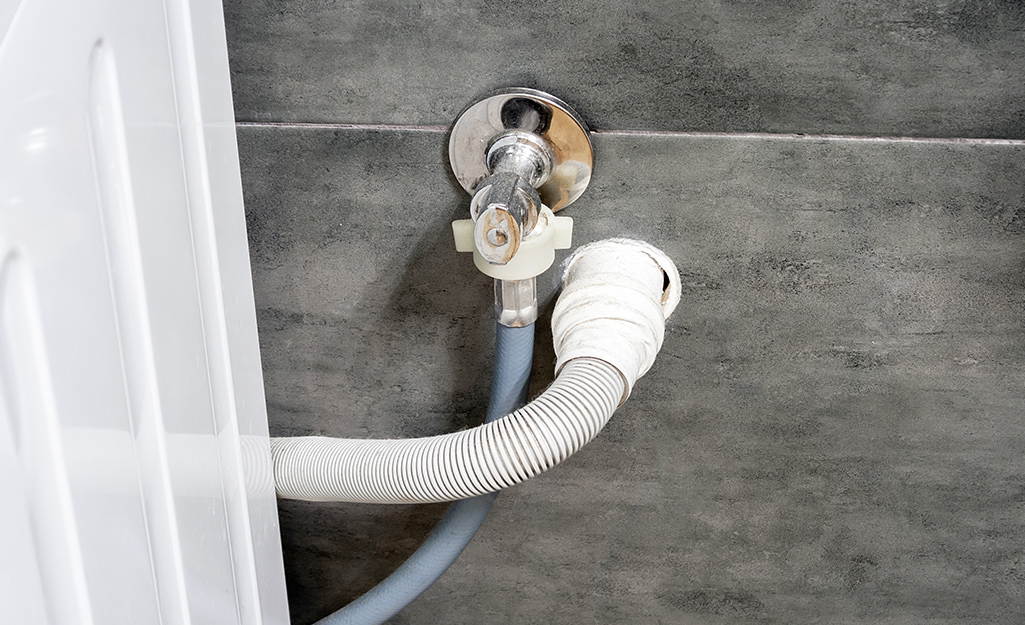

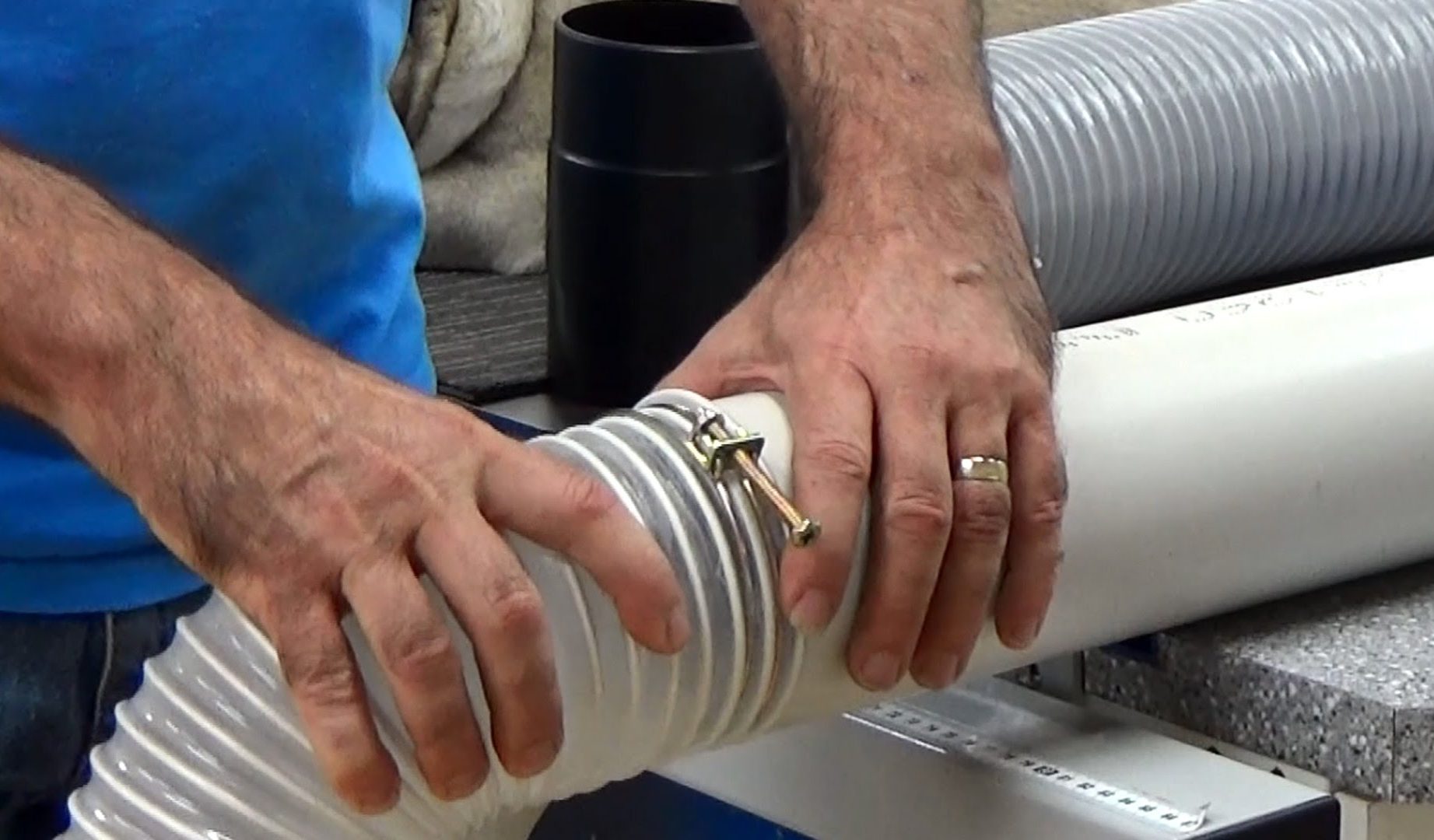






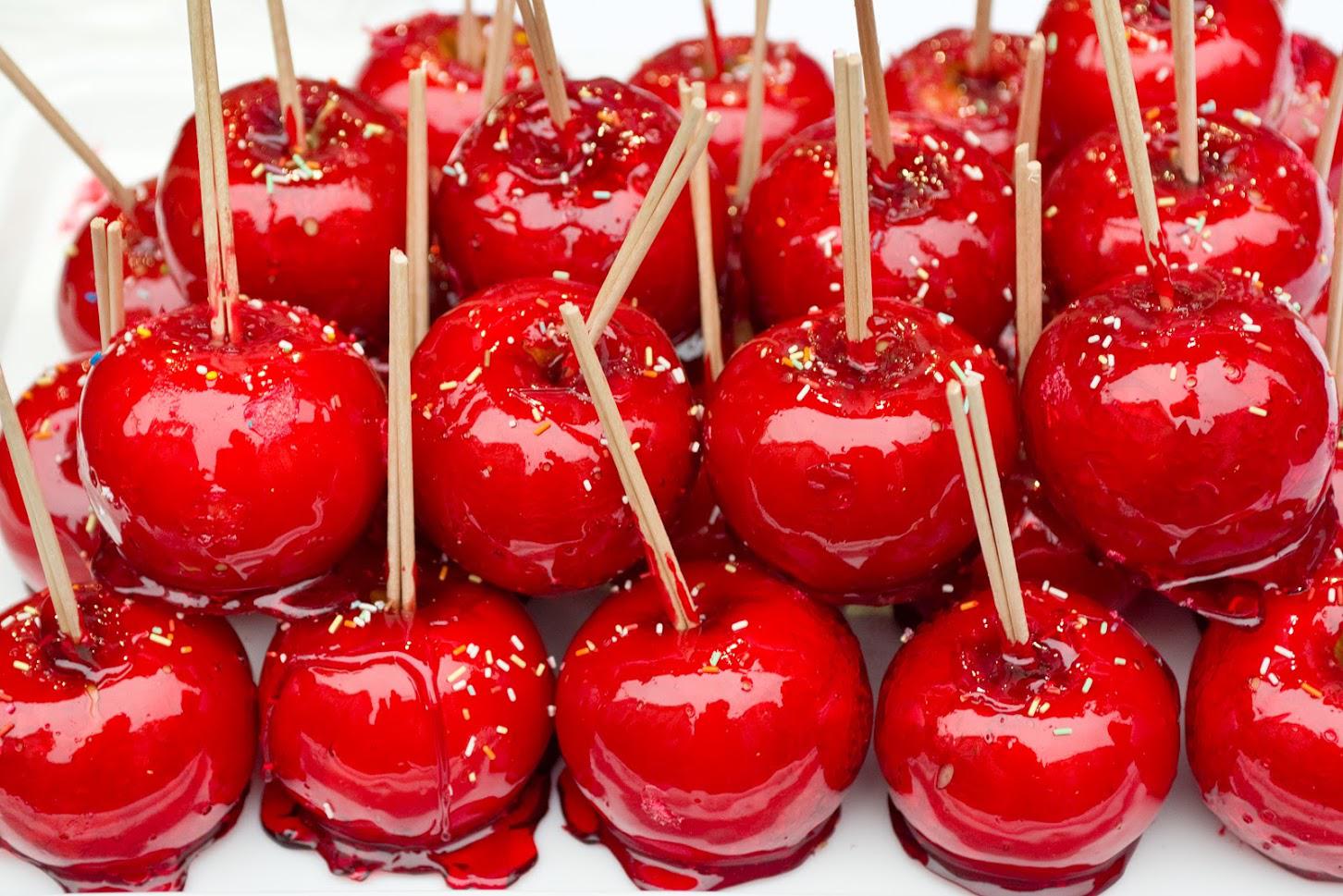
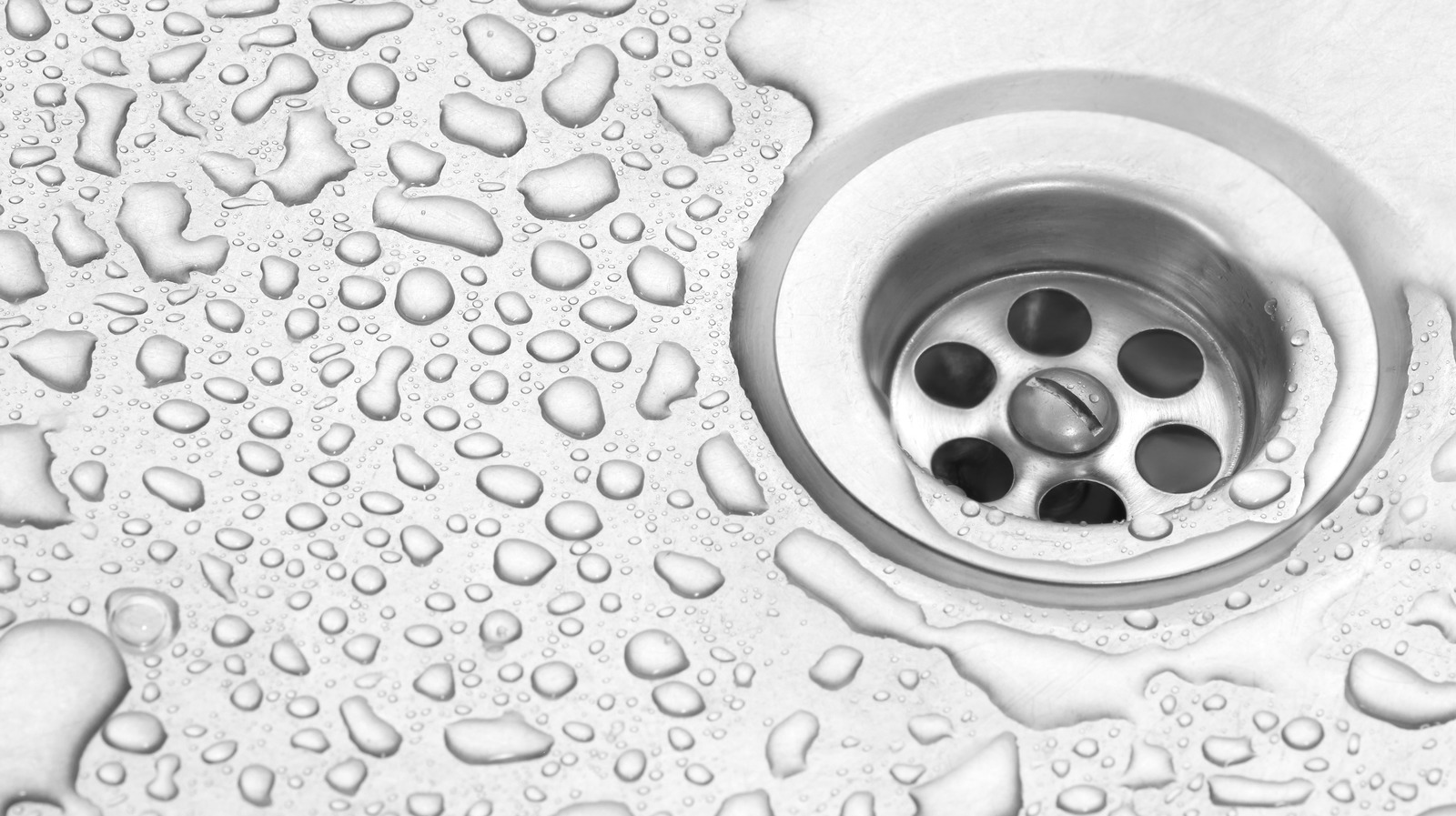




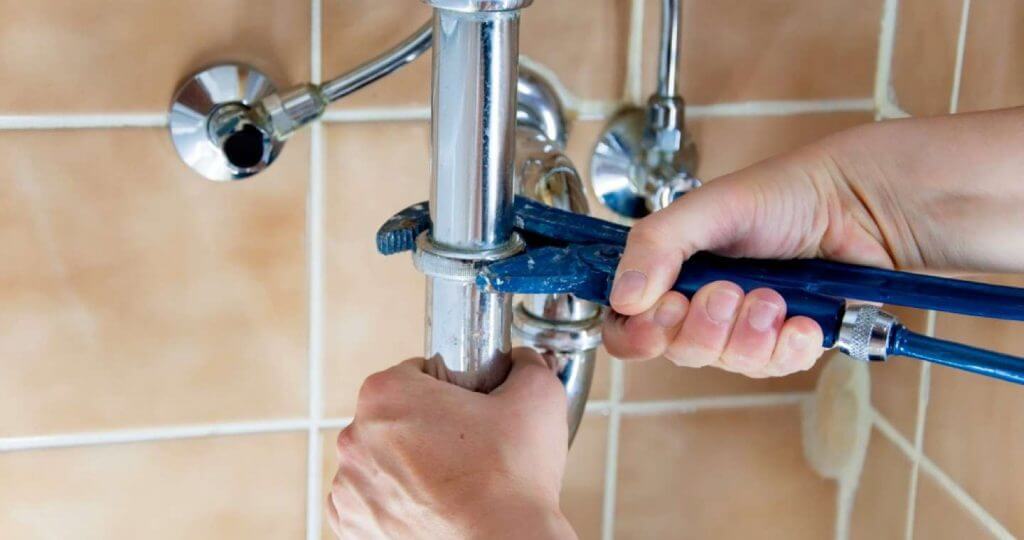
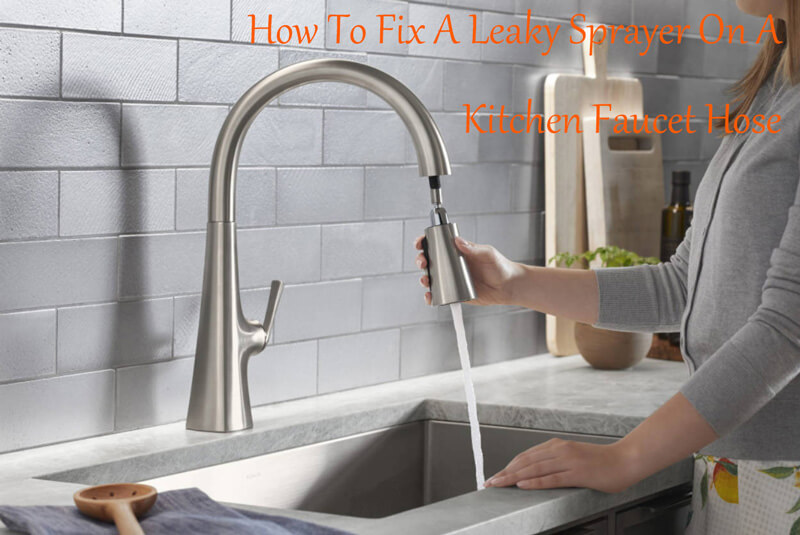
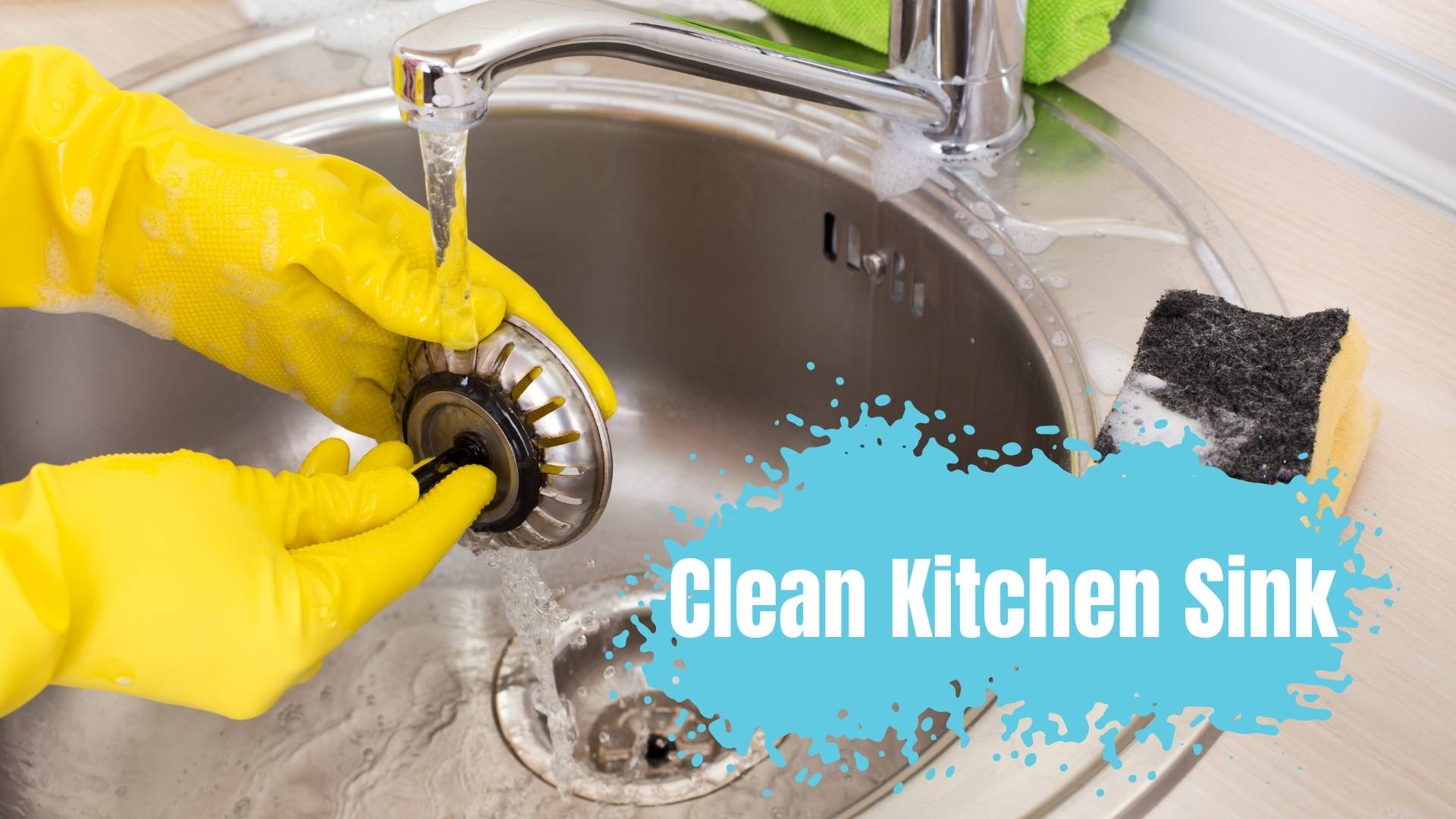
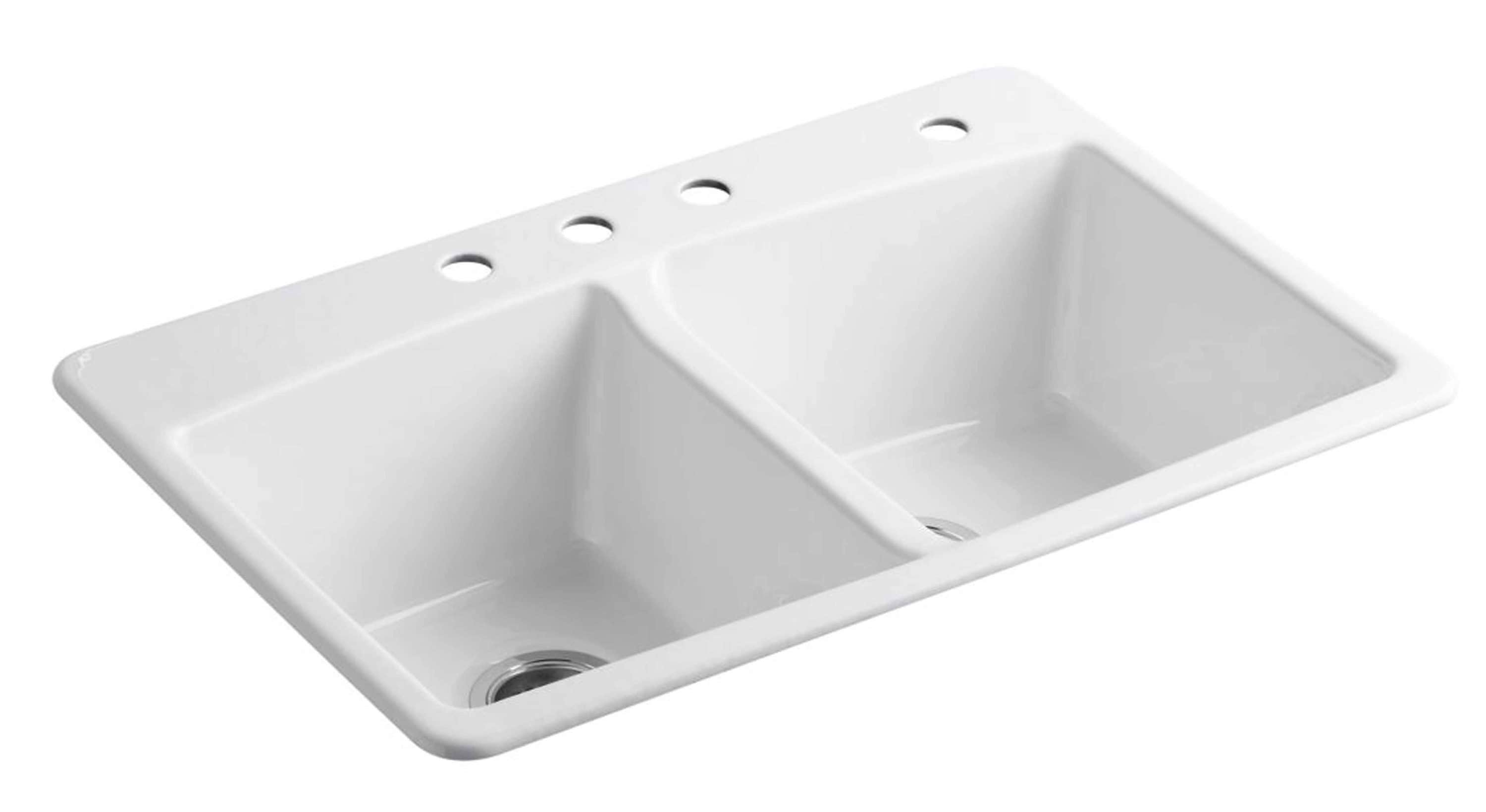
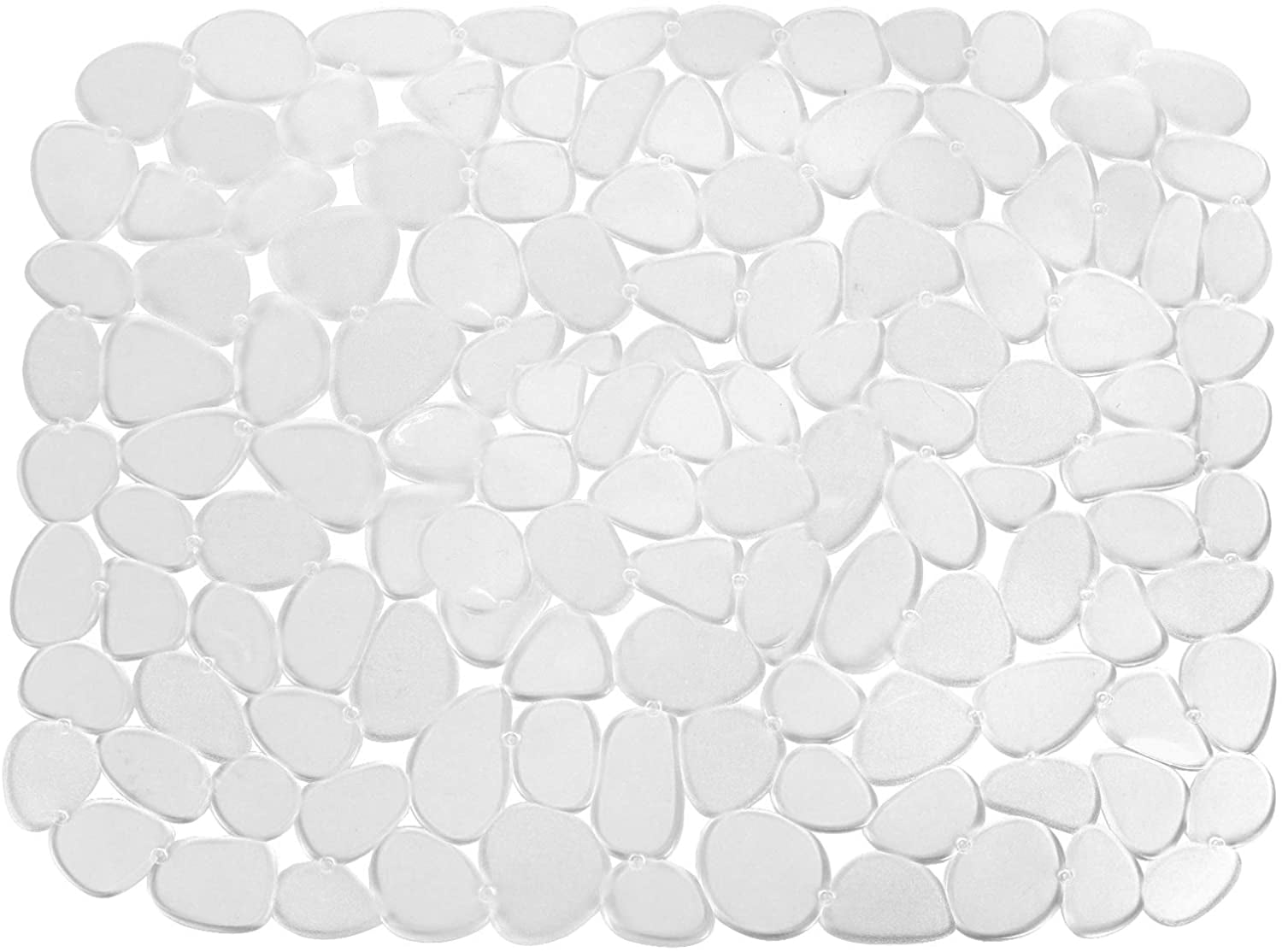



:max_bytes(150000):strip_icc()/Basic-kitchen-sink-types-1821207_color_rev-0b539306b9ef4236a136624ad2a89a4c.jpg)
